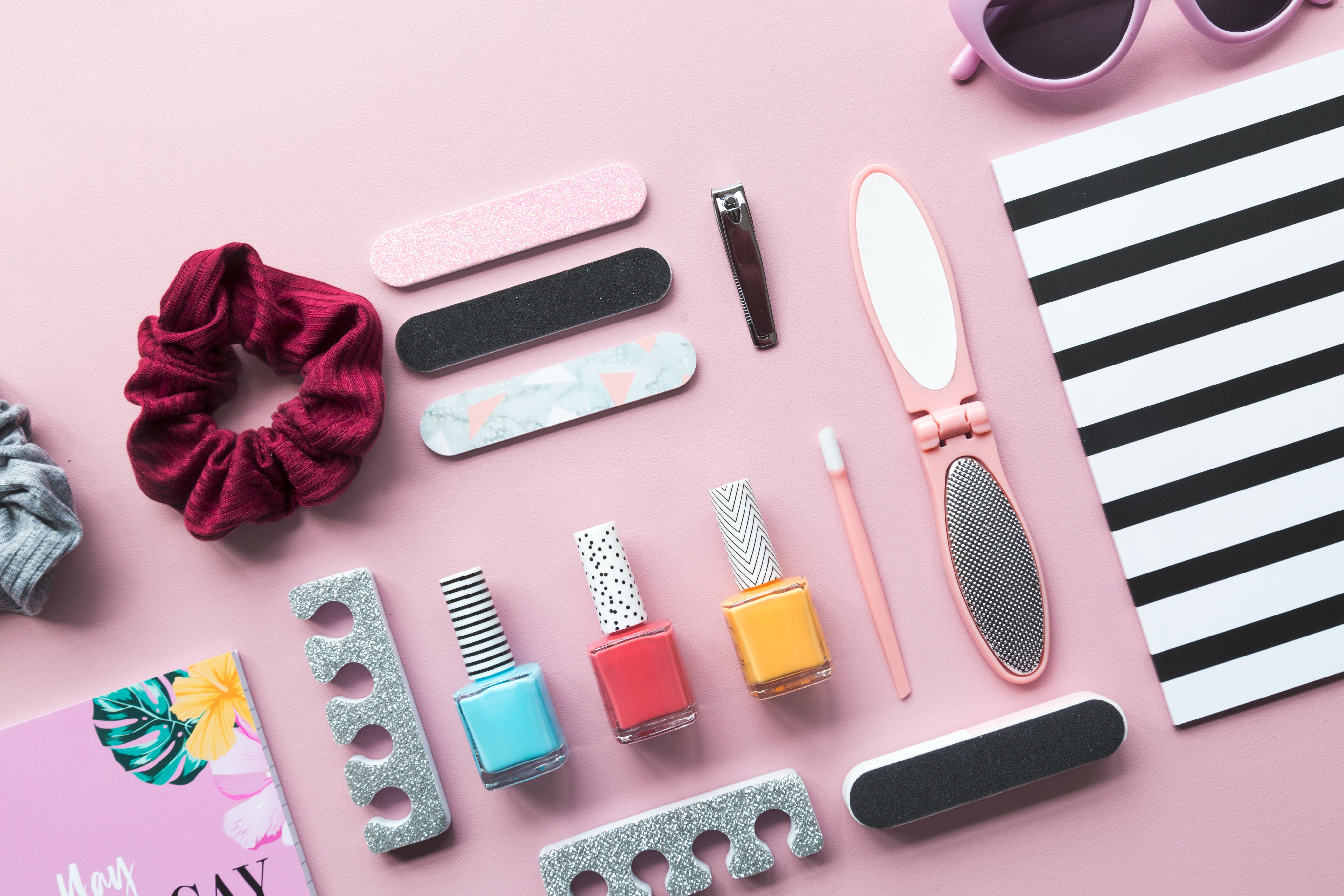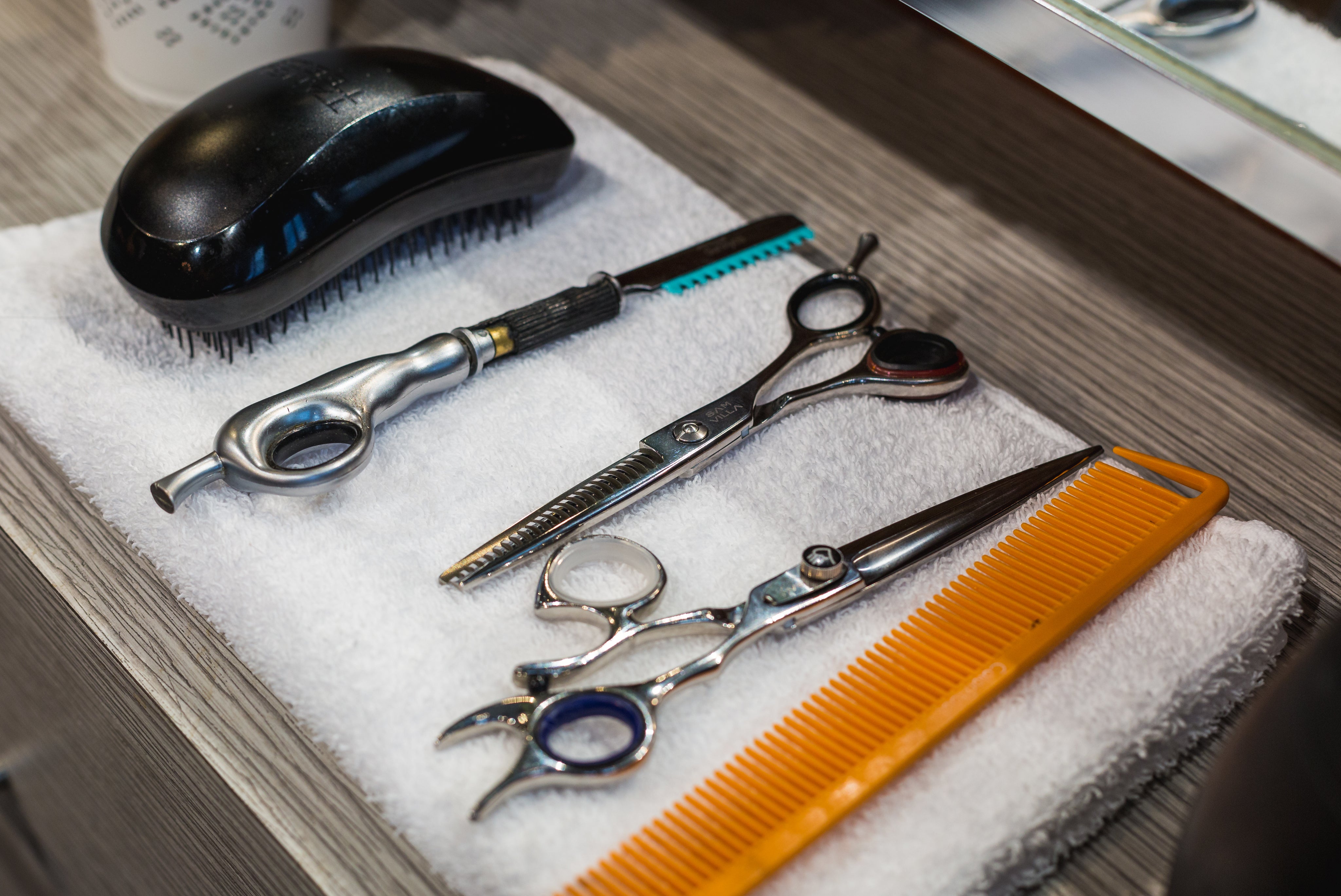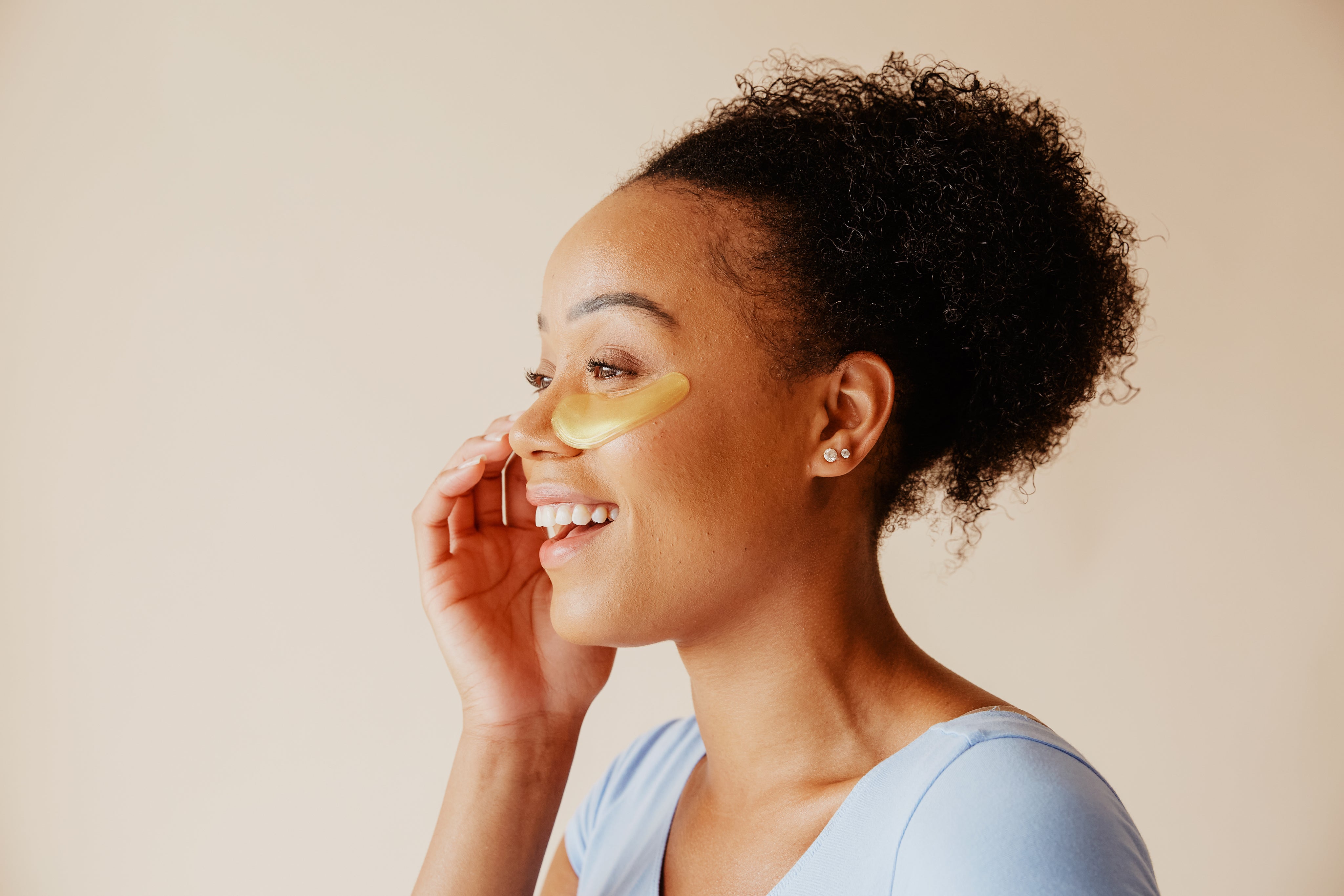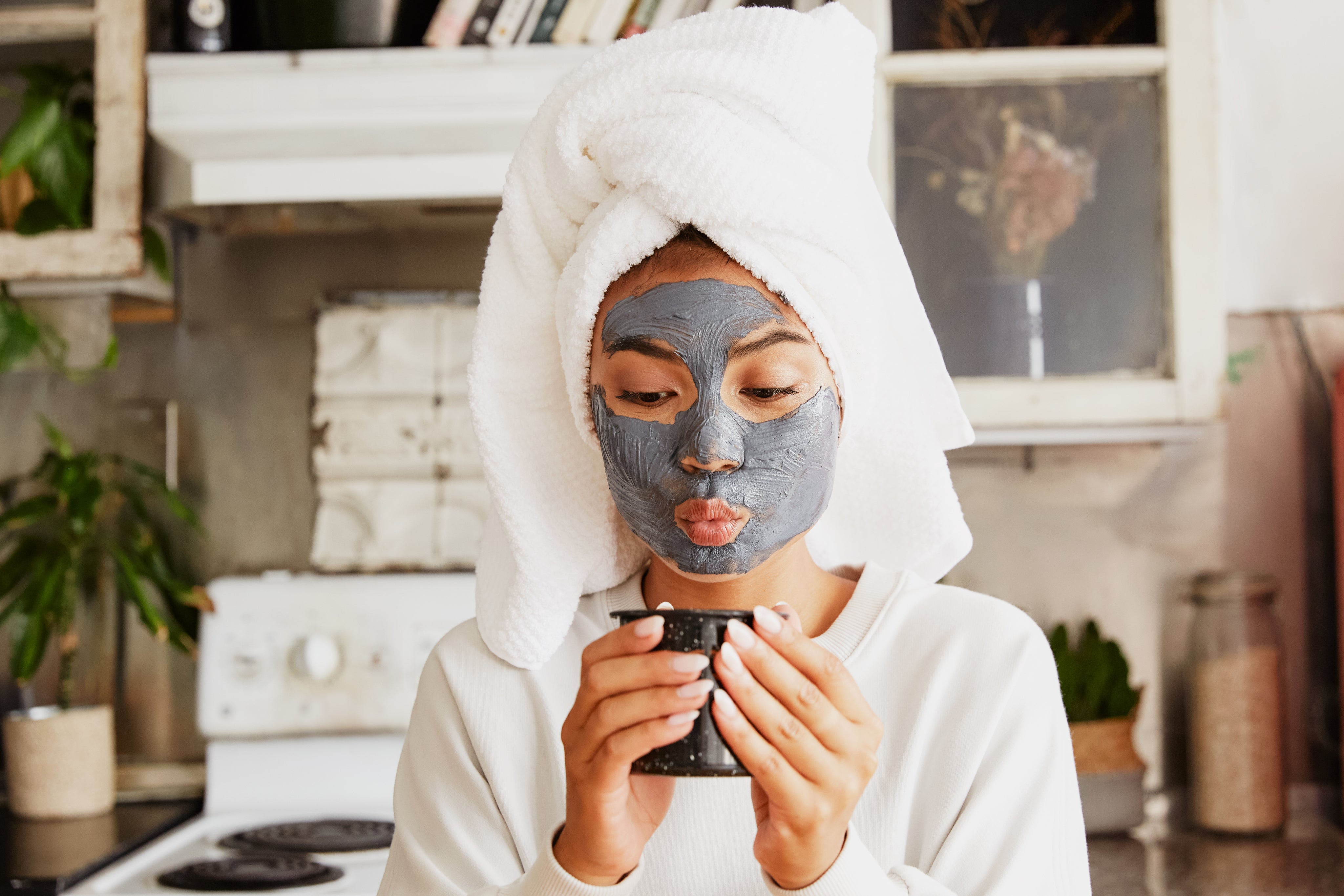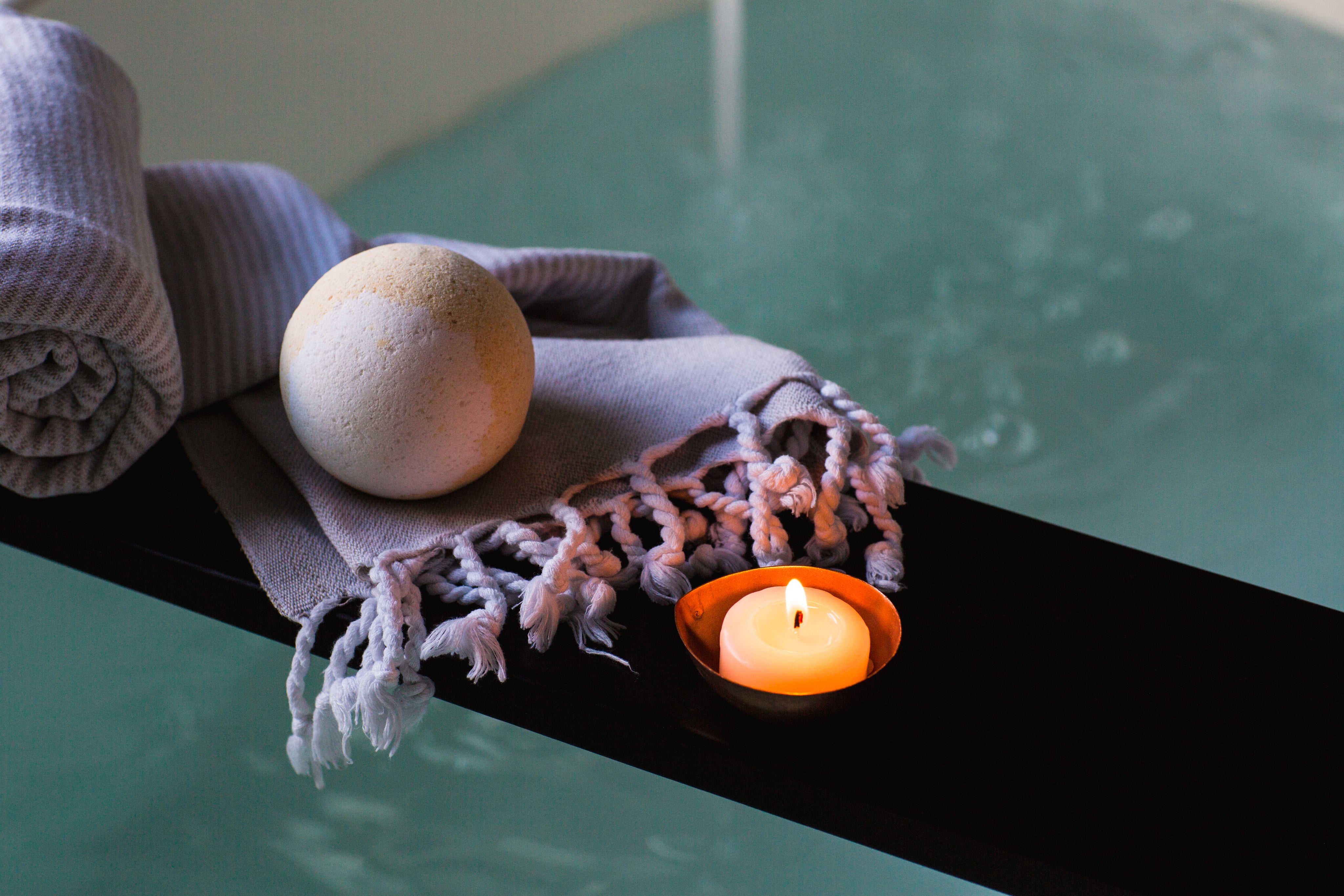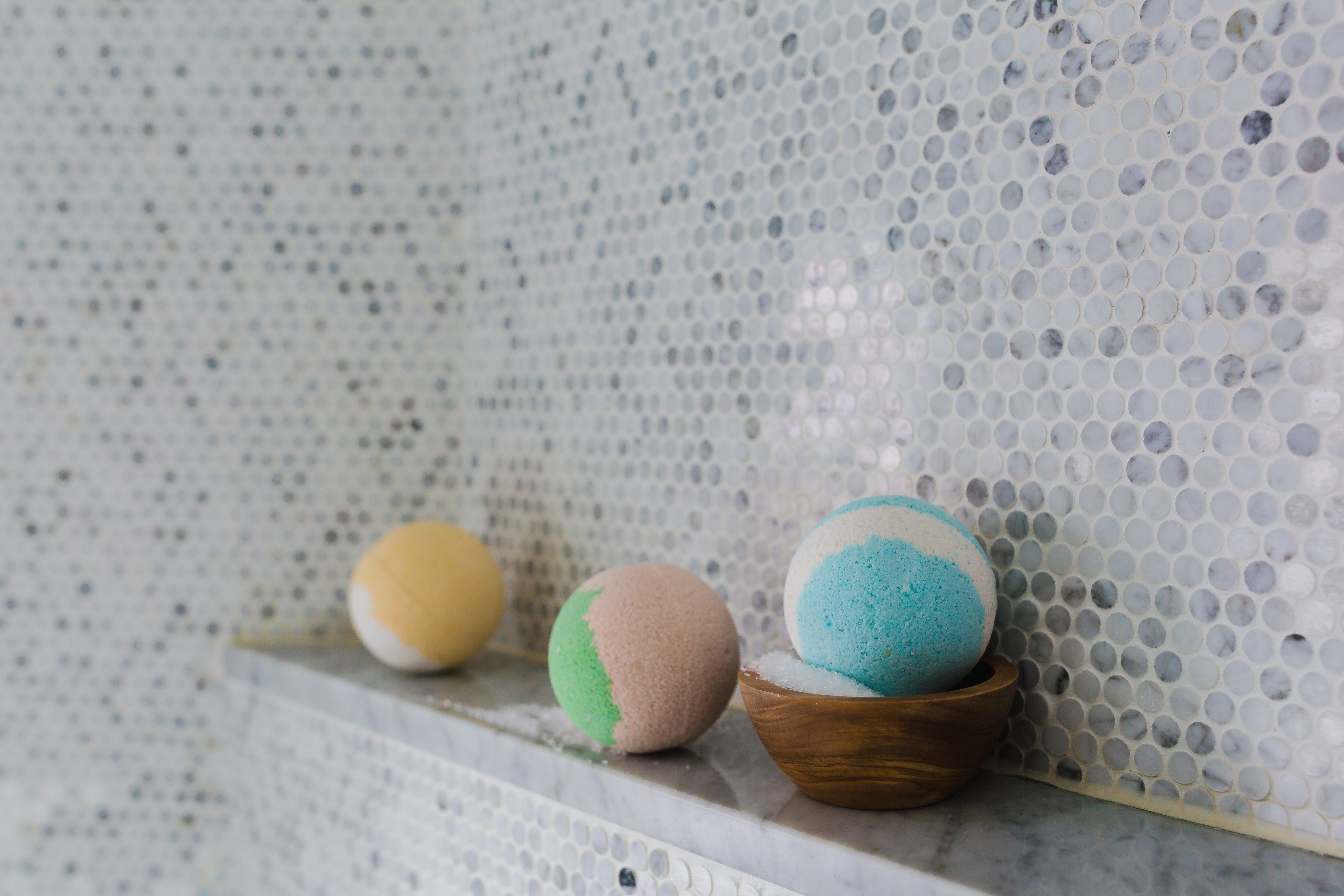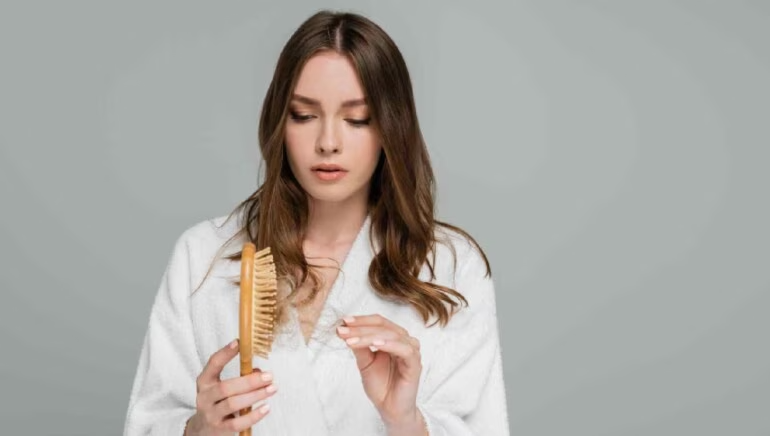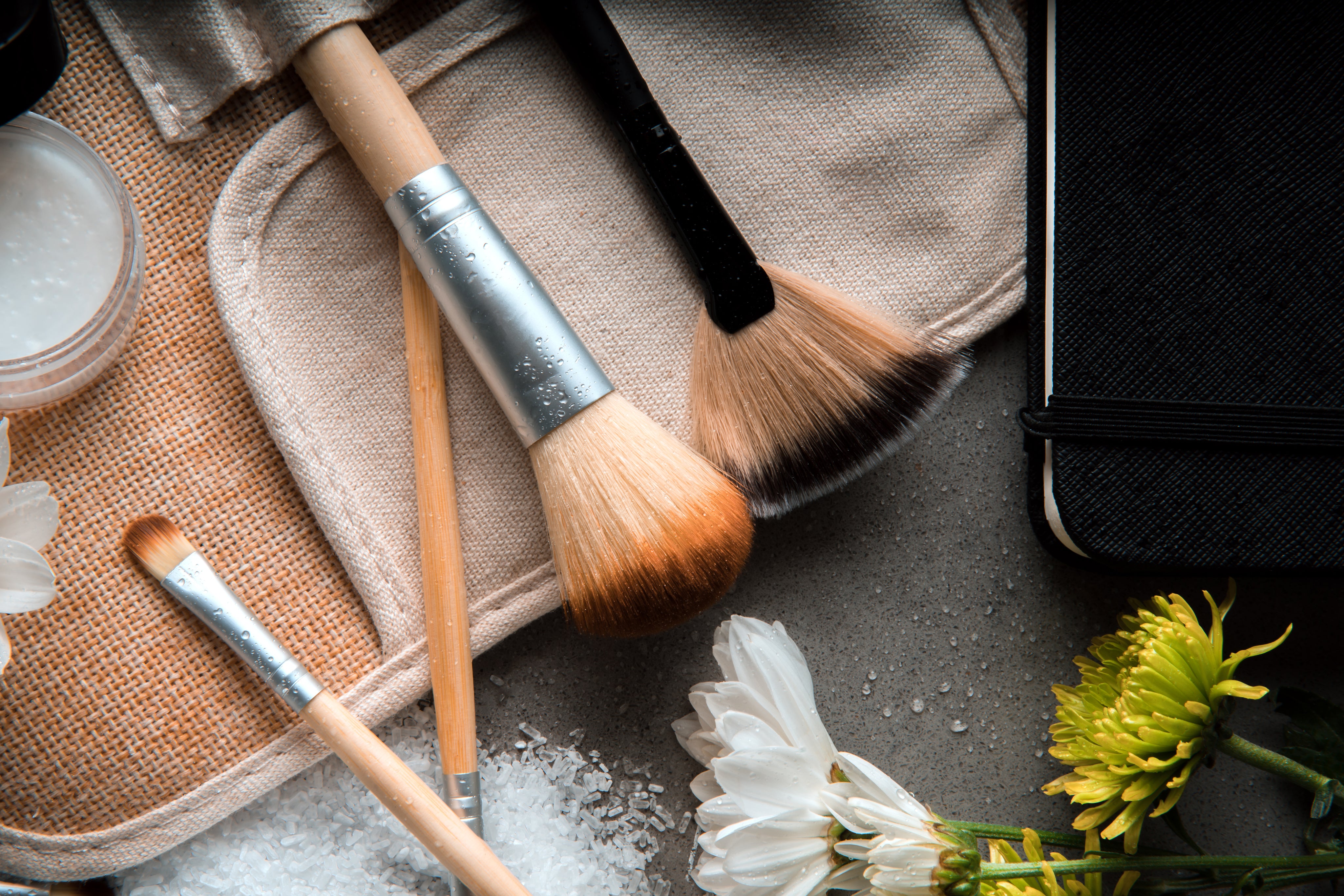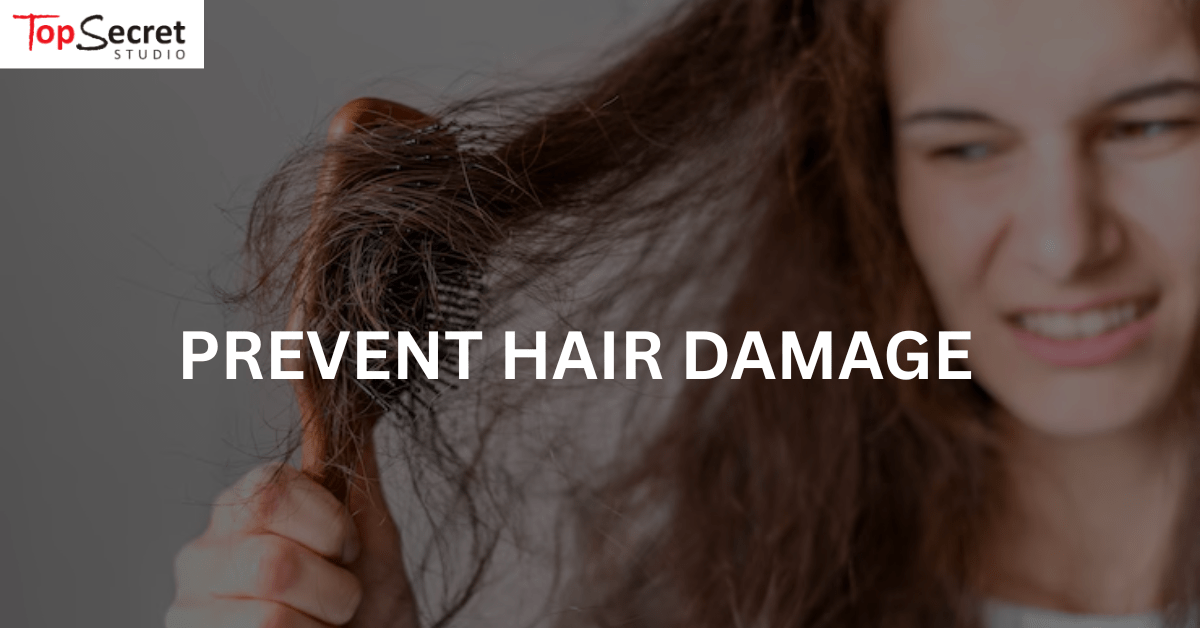
Prevent Hair Damage: Top Secret Pro Guide for Healthy Hair
Hair damage can be prevented and even reversed with the right approach. By identifying what weakens your hair, and applying appropriate hair care solutions, you can reduce breakage, slow hair loss, and support stronger, healthier growth.
Sounds amazing right? But how?
This expert-backed guide from the folks of Top Secret outlines everything you need to know about hair damage, based on scientific research and our years of expertise. We will explore everything about hair damage, from root causes to hair care tips.
What Is Hair Damage?
Hair damage refers to the physical or chemical weakening of the hair shaft. This includes breakage, split ends, rough texture, loss of elasticity, dull appearance, and excessive shedding.
Damage can occur at the cuticle level (outer layer) or penetrate deeper into the cortex where structural proteins reside.
What Causes Hair Damage and Hair Loss?
Hair damage and hair loss are closely linked, but they are not identical. Hair loss stems from both internal ( hormones, nutrition) and external (heat, tension) factors. Here are the most common causes:
1. Heat Styling
- Frequent use of straighteners, curling irons, or hot brushes breaks down keratin bonds.
- High temperatures (above 185°C) permanently alter the hair’s structure.
- Daily heat styling more than doubles breakage risk.
2. Chemical Treatments
- Bleaching, dyeing, perming and relaxing all damage the cuticle and strip away moisture.
- Overprocessing leads to “mushy,” stretchy, and breakable strands.
3. Mechanical Stress
- Tight styles (cornrows, slick buns), constant brushing, and elastic bands weaken strands over time.
- Traction alopecia, a type of hair loss, is often linked to styling tension.
4. Environmental Exposure
-
UV rays damage keratin and fade colour.
-
Wind, humidity, and pollution strip moisture and coat the hair in irritants.
- Hard water contains calcium and magnesium that weaken hair’s elasticity.
5. Poor Scalp Health
- An oily, flaky, or inflamed scalp may block follicles or slow growth.
- Conditions like seborrheic dermatitis or folliculitis need professional treatment.
6. Internal Factors
-
Iron deficiency, common in menstruating individuals, is a leading cause of hair shedding.
-
Low protein intake affects hair quality and growth rate.
-
Stress, especially chronic or post-traumatic, can trigger telogen effluvium, causing sudden hair fall.
- Thyroid dysfunction, PCOS, and insulin resistance are often overlooked causes of diffuse thinning.
"Hair loss is rarely about shampoo alone. It’s often the result of months of internal imbalance or repeated external stress."
How to Stop Hair Loss and Repair Damaged Hair
Reversing damage and stopping hair loss requires a robust strategy: protect from harm, feed follicles, and restore strength. Now, it’s not as complicated as planning your next vacation but you have to consider a few aspects.
Step 1: Clean Gently, Nourish Deeply
Choose hair products that balance cleansing with hydration.
Best Practices:
- Use sulphate-free shampoos to avoid stripping natural oils.
- Apply conditioner mid-length to ends; focus on hydration, not just detangling.
- Incorporate weekly masks with ingredients like keratin, rice water, or glycerin.
Ingredients to Prioritise:
|
Ingredient |
Function |
|
Hydrolysed keratin |
Rebuilds protein gaps in shaft |
|
Panthenol (Vitamin B5) |
Moisturises and strengthens |
|
Argan oil |
Restores lipid barrier |
|
Niacinamide |
Soothes scalp and improves resilience |
|
Caffeine |
Boost follicle activity |
Step 2: Style Smart
Styling is one of the most common causes of cumulative damage, but also one of the easiest to adjust.
Do:
- Air-dry whenever possible.
- Use ceramic tools with temperature control.
- Always apply heat protection spray before blow-drying or straightening.
Don’t:
- Use tools above 180°C.
- Tie hair tightly or use rubber bands.
- Backcomb regularly, it roughens the cuticle permanently.
Step 3: Feed Your Hair from Within
Nutritional support is foundational for your hair. The hair follicle is the second fastest-dividing cell in the body and requires regular nutrient delivery. Just like plants that needs nutrients and minerals to grow big and healthy, your hair needs their share of minerals too.
Critical Nutrients:
|
Nutrient |
Role |
Sources |
|
Iron |
Carries oxygen to follicles |
Red meat, spinach, lentils |
|
Zinc |
Cell repair and function |
Pumpkin seeds, oysters |
|
Biotin |
Supports keratin structure |
Eggs, nuts, supplements |
|
Omega-3 fatty acids |
Reduces inflammation |
Salmon, chia seeds |
|
Vitamin D |
Hair cycle regulation |
Sunlight, fortified foods |
Consider a blood test before taking supplements, particularly iron.
“Hair supplements only work when they target a deficiency. Otherwise, they’re just really expensive placebos.”
Step 4: Treat the Scalp Like Skin
Healthy scalp = healthy hair, always take care of your hair regularly and your hair will thank you.
-
Exfoliate once a week with a scalp scrub or chemical exfoliant.
- Use growth-stimulating serums with peptides, rosemary extract, or minoxidil (as advised).
- Massage your scalp for 5 minutes daily to increase blood flow.
Step 5: Professional Interventions for Serious Damage
If hair is breaking excessively or shedding in clumps, it’s time to head to the doctors and seek professional help.
Top Treatments:
-
Microneedling: Tiny punctures stimulate healing and boost product absorption.
-
PRP (Platelet-Rich Plasma): Injected plasma from your own blood encourages regrowth.
-
Laser therapy: FDA-cleared red light devices encourage dormant follicles to restart.
- Prescription topicals: Minoxidil or finasteride (for eligible individuals).
Daily Damage Prevention Routine
Morning
- Lightly oil ends (argan, jojoba).
- Gentle comb or brush from ends upward.
Pre-Styling
- Mist with leave-in conditioner.
- Use heat protectant and lowest effective temperature.
Evening
- Scalp massage with fingers or a tool.
- Optional: overnight mask or lightweight serum.
Weekly
- Protein treatment (once).
- Scalp exfoliation (once).
- Deep moisture mask (once).
Myths About Hair Damage: Separating Fact from Fiction
|
Myth |
Truth |
|
Hair grows faster with frequent trims |
Trimming prevents split ends, but growth is follicle-dependent |
|
Natural oils can fix split ends |
Oils smooth strands but can't fuse broken fibres |
|
You need to wash daily for healthy hair |
Overwashing strips oils and dries out scalp |
|
Supplements always stop hair fall |
Only effective if correcting a real deficiency |
|
Brushing more = shinier hair |
Excess brushing leads to friction and breakage |
Advanced Tips: Preventing Damage by Hair Type
Here, Top Secret will share the secret tips for lush healthy hair. After all, prevention is better than cure and we know that everyone’s hair is different. No one-size-fits-all solution here, all tailored made plans just for you.
For Curly or Coily Hair
- Use sulphate-free cleansers.
- Apply leave-in conditioner post-wash.
- Protect hair at night with a satin bonnet or pillowcase.
For Fine Hair
- Avoid heavy oils or silicones that weigh hair down.
- Prioritise volumising sprays that are alcohol-free.
- Do not skip protein treatments—fine hair needs strength.
For Chemically Treated Hair
- Space out colouring or relaxing sessions (8–12 weeks minimum).
- Use bond-repairing masks (with bis-aminopropyl diglycol dimaleate).
The Long Game to Healthy Hair
Preventing hair damage isn’t about perfection, it’s about consistency. The choices you make daily, from the brush you use to the food you eat, shape the future of your hair.
Sadly, there’s no overnight fix but science-backed routines and expert strategies can transform fragile, thinning strands into healthier, fuller hair. Stick with the plan, give your hair patience and results are sure to follow.
At Top Secret, we believe great hair starts with smart choices and trusted products. As a leading name in online hair care products in Singapore, we’re proud to offer a curated selection designed to support your hair health journey, whatever your concerns.
We know first-hand that every hair type, texture, and concern is different. That’s why we offer detailed product guides, real customer reviews, and ongoing support to help you make the best decisions for your hair.
Healthy hair isn’t a mystery, it’s a method. And we’re here to help you master it.
Frequently Asked Questions About Hair Damage and Hair Loss
Can Damaged Hair Regrow?
Once hair is broken or split, it cannot be “repaired”, only trimmed. However, healthy regrowth is possible if the follicle is still active.
How Long Does It Take To See Hair Regrowth?
Visible regrowth typically appears after 3–6 months of consistent care. Hair grows 1cm/month on average.
Is It Better To Air-Dry Or Blow-Dry?
Air-drying is less damaging, but improper air-drying tight towel wrap) can cause breakage. If blow-drying, always use cool or medium heat.
Do Hats Cause Hair Loss?
No, wearing hats does not cause baldness. But tight headwear can contribute to friction-related breakage.
Should I Stop Dyeing My Hair If It's Damaged?
You don’t need to stop entirely, but spacing out treatments, using bond-repair formulas, and deep conditioning are essential.
What Products Actually Help Repair Damaged Hair?
While no product can truly reverse split ends, certain treatments can significantly strengthen hair, reduce breakage, and improve appearance. Look for formulas containing bond-repairing agents (like Olaplex technology), hydrolysed proteins, and nourishing oils (such as argan, coconut, or jojoba).

